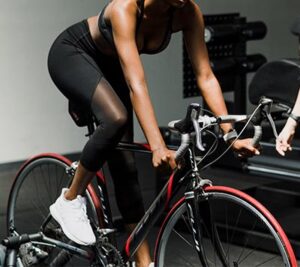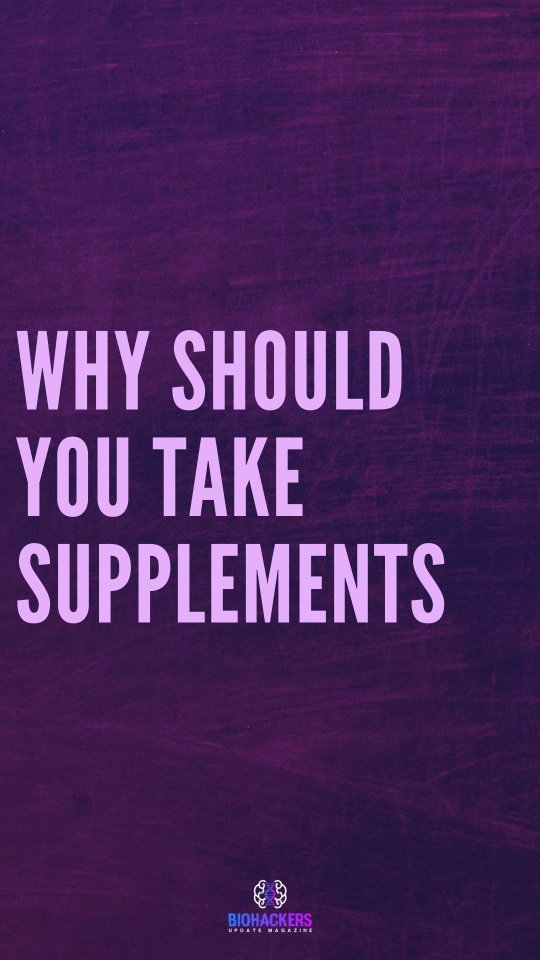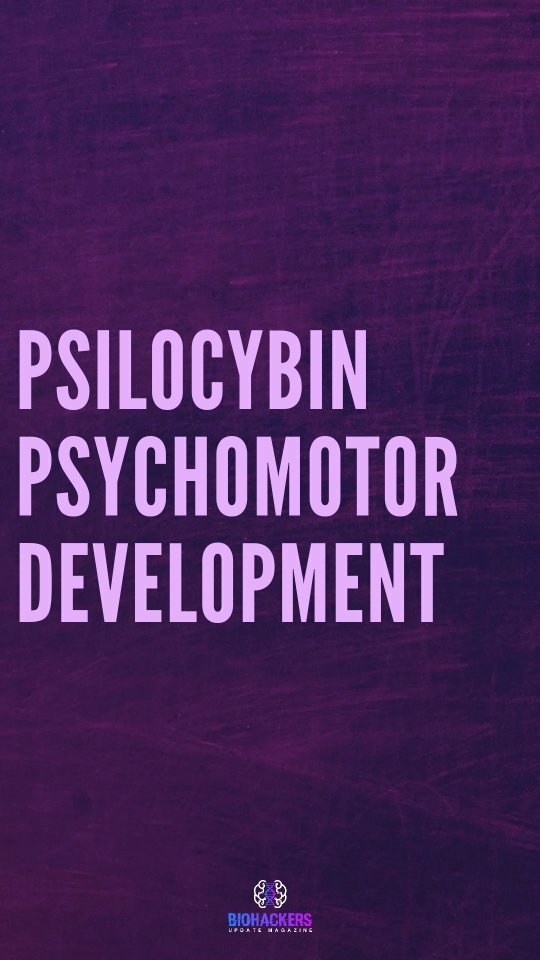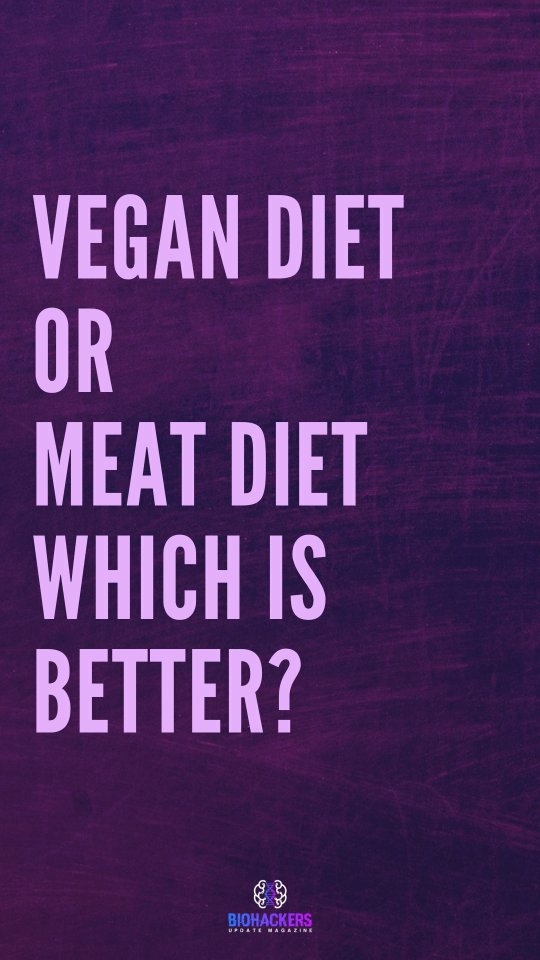There’s no definitive anti-ageing solution out there, and it likely won’t be developed in the near future. Our body is rigged from the get-go to deteriorate with time. How rapidly that happens depends on our interaction with the outside environment and the lifestyle choices that we make.
Of course, there’s a patchwork of theories that scientists are still trying to wrap their heads around: could it be because of a glucose build up? Is oxidative stress to blame? Or are our cells just fated to go through a biological timetable irrespective of outside factors and there’s nothing we can do about it?
There is a growing consensus that the ageing process may have something to do with telomere length.
Telomeres, for the uninitiated, are tiny repetitive non-coding DNA sequences at the ends of our chromosomes. They act as ‘caps’ that protect the chromosomes from fraying, wear and tear, or just sticking to each other. However, whenever our DNA makes a copy of itself, the process takes a toll on the telomeres and they decrease in length.
When telomeres reach a critical length, the cell stops dividing or dies and this manifests as accelerated ageing.
THE SHOELACE METAPHOR FOR TELOMERES
One very popular metaphor commonly used to describe telomeres is the protective plastic tips at the end of shoelaces.
But the research is still in its early cycle and scientists seem to be contradicting each other.
Some experts cringe at the shoelace metaphor because they don’t believe that it’s a realistic representation of how telomeres work. Telomeres almost never get used up, and the chromosomes never unravel, because cellular dysfunction reaches a tipping point long before that ever happens, argues Dr Michael Fossel, who co-authored the popular book The Immortality Edge.
In normal ageing, your Telomeres will never get ‘knocked out. The truth is, our chromosomes can remain in pretty good shape even if we live to be over 100. The only time they ‘unravel’ is during decomposition.
What we do know, however, is that our telomeres play a major role in protecting the DNA. Without telomeres, the genetic information in our cells would disappear each time a cell divides.
As a general rule, the absolute length of the telomere does not matter much. But your body works best if the telomeres have a certain length. If the telomeres are too short or too long, it’s considered to be bad because the telomere length alters expressions of genes.
The research is still on-going and to pin your hopes on theories that continue to stir up heated debates is naïve, to say the least.
The key question, then, is to determine if there is a relationship between lifestyle factors and the ageing process – because that’s what we’re here to do right?
SO HOW DO WE SLOW DOWN THE AGING PROCESS AGAIN?
The unanimous answer to this question almost always comes down to exercising, nutrition, and optimizing (aka biohacking) our bodies and minds.
Scientists at King’s College London studied the profiles of athletes who set world records in swimming, cycling, and athletics. Their profiles were drawn up as curves that related the ageing process to their physiological performance over a period of time.
In the case of these highly trained individuals, the shape of their curve was physiologically optimized for their age. In average humans with a more sedentary lifestyle, the curve is on a rapidly declining trajectory. But this can be easily prevented with exercise and lifestyle tweaks.
Now, I can understand that most individuals almost never have enough time in the day to train as vigorously as world-class athletes. But, the research goes on to hypothesize, with reasonable scepticism, that all individuals who engage insufficiently (keyword being sufficient) physical exercise should be able to control their ageing process.
Exercise has been shown to manipulate telomere length, after all – although research is still ongoing.
EXERCISING AND BIOHACKING CAN MANIPULATE TELOMERES
Elizabeth Blackburn, a Nobel Laureate and biologist, claims in her new book that it is possible to make simple lifestyle tweaks to manipulate telomeres.
Blackburn argues, that while telomere length is not a good indicator of when we die, they are a reasonably good indicator of how long we’ll stay healthy and when we get diseases. Because, at a certain stage when our telomeres are reasonably worn out, the ageing tissue becomes vulnerable to the onset of diseases that begin to take root.
We also know that a single disease creates ripe conditions for multi-morbidities, meaning, the onslaught of co-occurring diseases. For example, people who have diabetes often also have heart disease.
Blackburn identified many health behaviours that she says are linked with telomere health, these include the following:
- Body fat (which you can effectively control with callisthenics)
- Exposure to chemicals like cadmium and lead
- Levels of antioxidants in our blood (which depends on our diet)
- Our response to stressful situations in life
- Anger management in each individual
- Social support systems, especially as we age
At every stage in our life, we will always have a modicum of control over the ageing process. Improving our biological markers (including telomere length) requires making a few changes (or indeed radical changes) to our lifestyle choices.
Missed a day at the gym? Cheated on your diet one too many times? Or sitting on your computer for extended periods of time?
Every decision we make, consciously or subconsciously, shifts our biology towards cell ageing.
How we respond to stress also plays a role in the ageing process. The trick is to identify and anticipate your trigger moments and make simple tweaks to increase your stress resilience. Maybe going to work or being stuck in traffic initiates a stress response. There are things we can do right before or during these ‘trigger’ moments to change our response to stress and improve our health.
I suggest choosing a type of mind-body exercise that suits you and your schedule. These days, there’s a ton of exercises, supplements, and meditation techniques to choose from.
There is a great inter-individual variability on the biological markers of health due to differences in exposure to chemicals, environmental stressors, and emotional support systems. Each of us has the opportunity to personalize our own telomere ‘protection’ program.
WRAPPING IT UP
Let me sum up this chapter by giving you a brief low-down on what you can do to protect your telomeres to live longer (and healthier):
- Exercise (callisthenics are extremely effective at doing this)
- Maintain a healthy weight
- Meditate more to deal with stress
- Load up on healthy foods
- Limit exposure to toxic chemicals

Subscribe For More Awesome Content
To receive the latest news and updates from the world of Biohacking.











